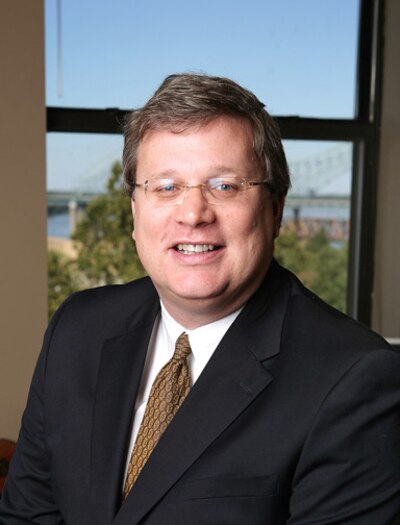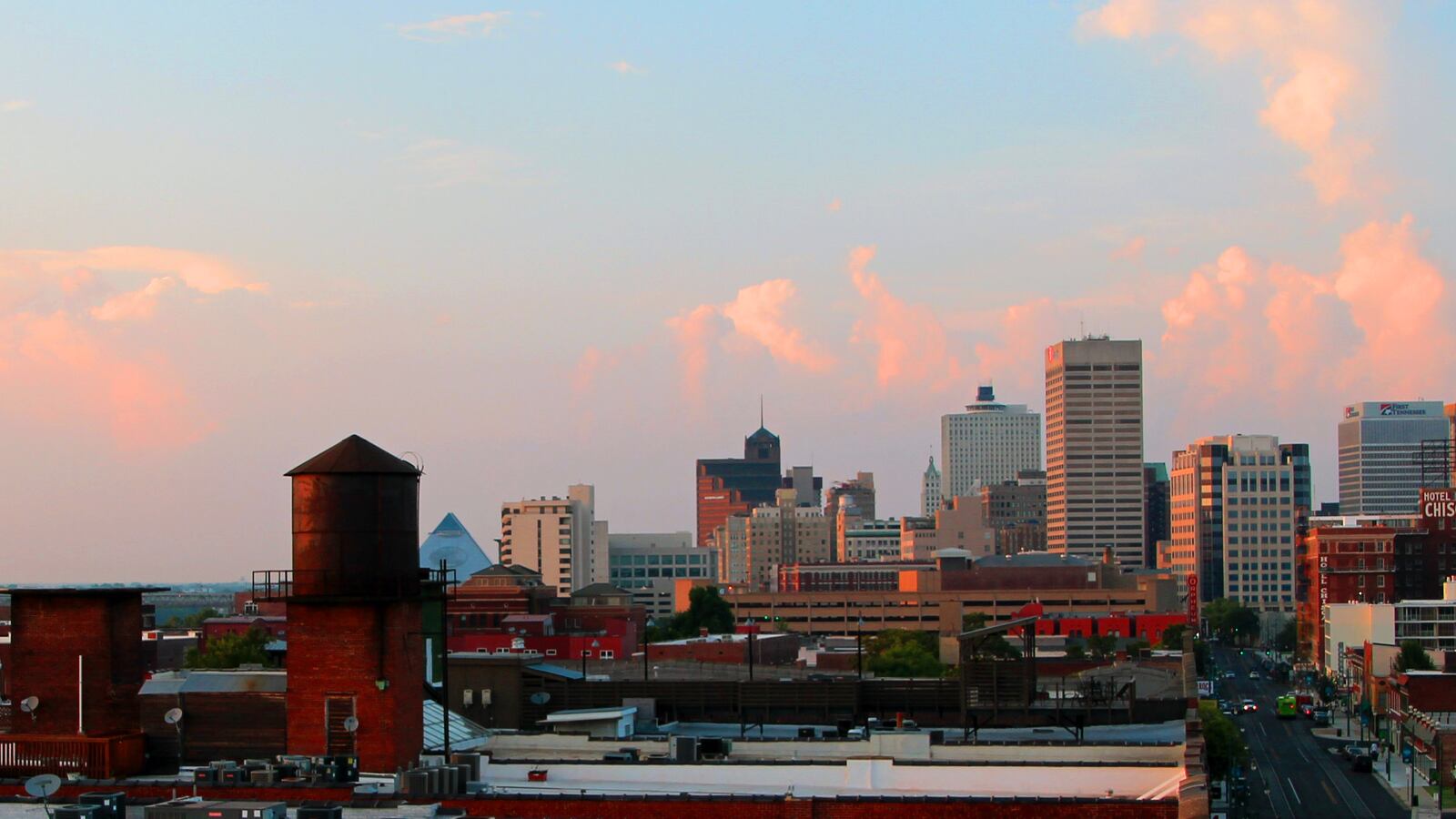Jim Strickland defeated incumbent Memphis Mayor A C Wharton Thursday on the promise of change. But little was said during the race about what kind of change Memphians could expect of its beleaguered system of K-12 education. As Strickland prepares to take office on Jan. 1, here are six things to know about the mayor-elect, the mayor’s authority and about Memphis schools.
1. The city mayor’s legal authority over public schools is limited.
The city school board’s vote in 2010 to surrender its charter led to a countywide referendum vote to merge the city and county school systems. The historic change shifted responsibilities for funding K-12 education completely to the Shelby County Commission, working with a county mayor. While acknowledging that the city mayor has no direct power over public schools, Strickland has said he wants to be involved in the conversation. “We no longer fund the city schools, but that doesn’t mean we’re out of the education business,” he said during an August debate at the National Civil Rights Museum.
2. As mayor, Strickland can use his office as a bully pulpit to prioritize and champion issues that are critical to the city, including education.
Strickland’s seven-year track record as a city council member is highlighted by public safety, budget issues and cleaning up blight. As mayor, he can choose to put a spotlight on education, which directly impacts the city’s quality of life, quality of the local workforce, and potential for economic growth. Shelby County Schools Superintendent Dorsey Hopson has identified support of early childhood education programs and policies aimed toward the eradication of poverty as two areas where the mayor’s leadership could lead to improved student achievement.
3. Strickland supports universal pre-kindergarten.
The importance of early learning programs is one of the few education issues he has spoken about publicly. “When only 28 percent of third-graders in (Shelby County) public schools read at third-grade level, we must all take action,” Strickland has said. “We are failing our children.”
4. He will take the helm of the city at a time when its public schools face daunting challenges.
Since the 2013 merger, the consolidated district has undergone $275 million in budget cuts while dealing with shrinking student enrollment. Rather than the merger unifying school services, the city’s educational landscape has splintered to include a growing charter sector, the introduction of the state-run Achievement School District, and the creation of six suburban school districts. The city has the highest concentration of low-performing schools in the state, and there are major state, county and philanthropic efforts under way to turn them around.

5. Strickland must build trust with the black community that comprises the majority of its public education system.
In a city that is 63 percent black, he will be Memphis’ first white mayor in 24 years, having outdistanced 10 candidates, including three top challengers who are black. The student population of Shelby County Schools, meanwhile, is 67.6 percent black, 20.2 percent white, 9.2 percent Hispanic and 2.7 percent Asian, according to the most recent data from the state Department of Education. The district is Tennessee’s largest public school system.
6. The mayor-elect did not graduate from K-12 public schools.
Strickland graduated in 1982 from Christian Brothers High School, a Catholic, all-male college prep school in Memphis. He went on to get his bachelor’s and law degrees at the University of Memphis, where he also served as student body president. He and his wife, Melyne, have two school-age children.

